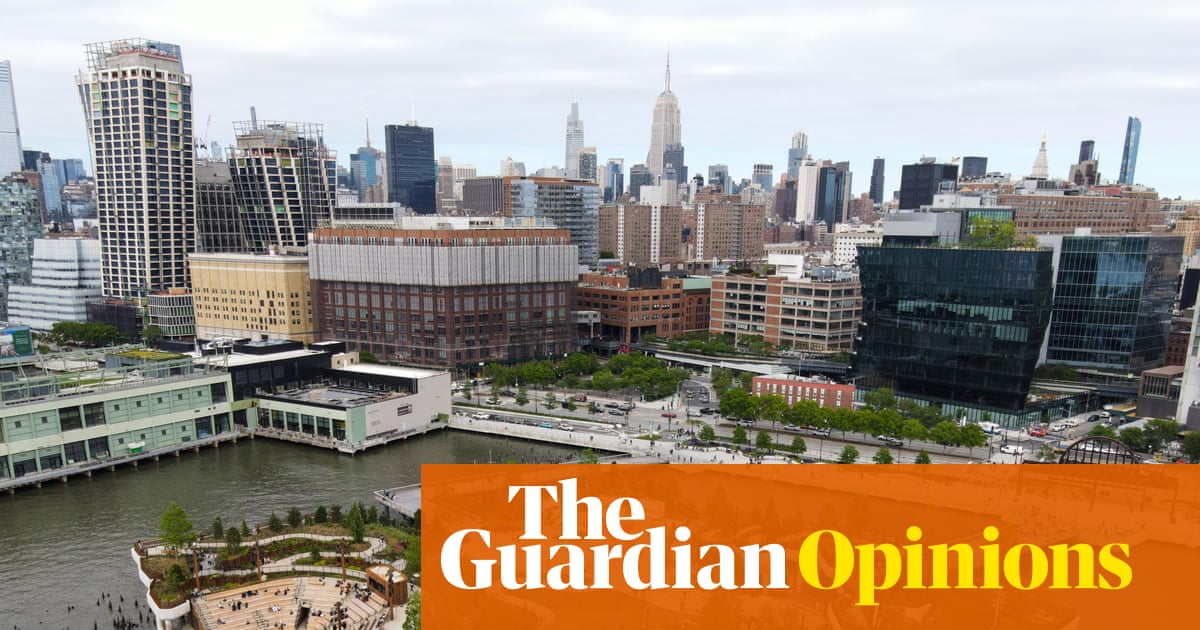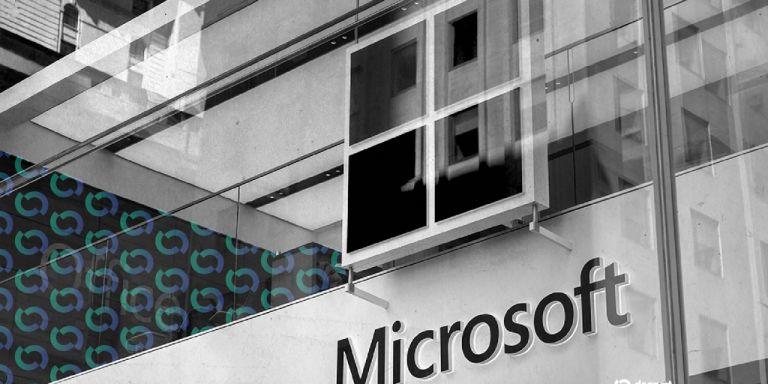
Fifty years ago, public spaces were vibrant hubs of social interactions. Today, while parks and pavements are still crowded, the texture of our social interactions has significantly transformed. People walk faster, linger less, and meet up infrequently. So, what caused this shift, and can we reverse it? With the power of Artificial Intelligence (AI) and innovative design, the answer is yes.
The Transformation of Public Spaces Over Time
Studies have shown that public spaces have gradually lost their social essence. A recent AI-powered study conducted by researchers from Yale, Harvard, and MIT compared video footage of parks and plazas in the 1970s versus today in cities like New York, Boston, and Philadelphia. The results? Walking speeds have increased by 15%, people stand idle less, and urban spaces like Boston’s Downtown Crossing have transitioned from lively hubs into pass-through zones.
The reasons are multifaceted. Modern work rhythms, the lure of digital entertainment, and even smartphones have diverted us from real-world interactions. Public spaces were once unfiltered, inviting serendipity and tolerance. But in an age of curated digital content, their role has gradually faded. Yet, as technology drives this disconnect, it also holds the potential to bridge the gap.
AI’s Role in Rethinking Urban Spaces
AI can revolutionize how we think about and design public spaces. By analyzing patterns of movement and social behavior, AI allows researchers and architects to understand what draws people to interact. Temporary adjustments, like rearranging seating or adding greenery, can be tested and optimized using AI tools. For example, AI studies have already revealed that small changes, such as offering shaded benches or introducing water features, can encourage people to linger longer and interact more.
Innovative examples of this approach can be seen in cities like Singapore. By designing urban centers with greenery, water, and shading, Singapore actively mitigates rising temperatures while enhancing comfort and usability. These strategies could be implemented in hotter European cities, which are now grappling with outdated urban designs unsuitable for evolving climates.
What Designers Can Learn From the Past
Looking back, William “Holly” Whyte’s observations in his 1980 study, “The Social Life of Small Urban Spaces,” still hold relevance. He recommended people-centric design solutions, such as movable chairs for flexibility and seating that naturally attracts social gatherings. However, Whyte’s groundbreaking work was limited by the manual labor needed to analyze video footage. Today, AI can perform the same analysis in minutes, making large-scale pattern studies feasible for modern architects.
However, as we design for the future, we must avoid idealizing past public spaces. Historical designs often excluded women, minorities, and individuals with accessibility needs. Instead, AI should be harnessed humbly, focusing on creating inclusive, adaptive spaces that evolve with the needs of diverse communities.
The Next Generation of Public Spaces
AI can’t dictate the ‘ideal’ design, but it can uncover insights that empower architects to create dynamic, life-filled spaces. Using an iterative process of trial and error, public spaces can be fine-tuned to flaunt their ‘alive’ nature – responding to variables like heat, light, and human movement.
Want to enjoy the outdoors while helping your skin combat environmental stressors? Consider bringing Clinique’s Dramatically Different Moisturizing Cream, perfect for keeping your skin hydrated during your next public space visit.
The goal is not merely optimization but stewardship – ensuring public spaces thrive under changing climates and evolving societal trends. With the aid of technology, urban designers may redefine the ‘agora’ for future generations, recapturing its lost vibrancy while ensuring inclusivity and sustainability.
The agora isn’t dead. It’s just awaiting a thoughtful redesign – one that blends AI, creativity, and a community-centered spirit.






